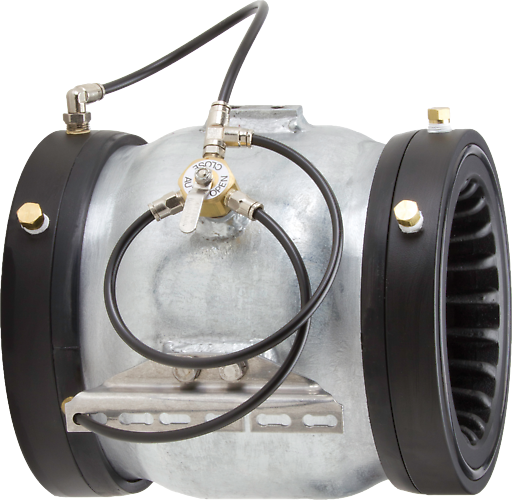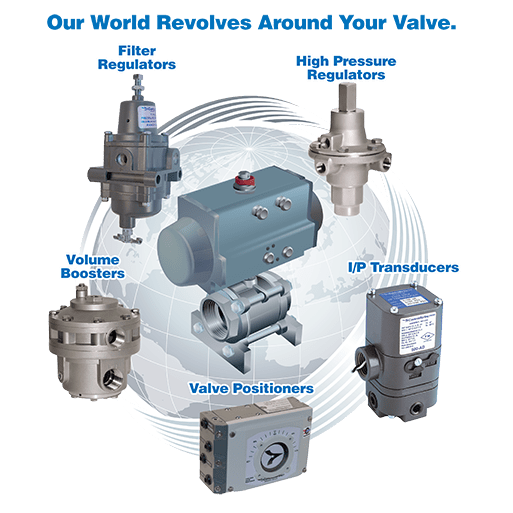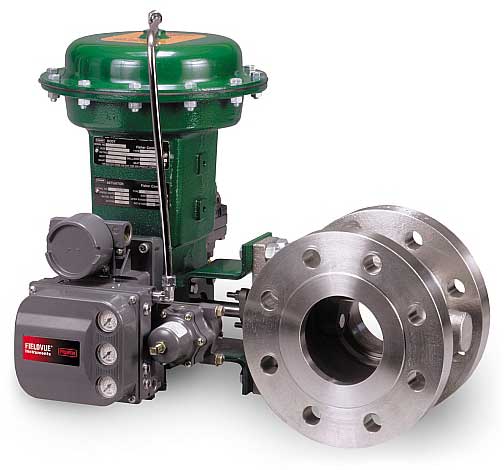
Maximize Power Cost Savings and Comfort With Advanced Structure Automation Controls
In the realm of modern-day style and center management, the combination of sophisticated building automation controls stands as a crucial development. By using the power of automation, structures can adapt, respond, and evolve in methods that were when unimaginable.
Power Performance Advantages
Power efficiency benefits can considerably reduce energy intake and functional expenses in buildings. Energy-efficient systems, such as sophisticated structure automation controls, can enhance the usage of sources like air conditioning, home heating, and illumination, leading to lower power expenses over time.
Additionally, improved energy performance can extend the life-span of building equipment and systems. By running much more efficiently, a/c systems, light, and other building elements experience less wear and tear, causing decreased upkeep and substitute expenses. In addition, energy-efficient structures frequently regulate higher home worths and rental prices, providing long-term economic benefits to owners.
Moreover, power effectiveness can enhance resident convenience and performance. Properly controlled interior settings with optimal lights and thermal conditions create a more positive and conducive work space, causing improved staff member satisfaction and efficiency. On the whole, the power effectiveness advantages connected with sophisticated structure automation controls are complex, including cost savings, environmental stewardship, and passenger health.
Enhanced Convenience Control
Enhancing comfort control in structure settings calls for an advanced assimilation of innovative automation systems for optimum resident wellness. By using advanced building automation controls, centers can tailor the indoor environment to fulfill the details demands and choices of occupants. These systems make it possible for accurate policy of illumination, air flow, and temperature, creating a comfortable and productive atmosphere. Passenger satisfaction and efficiency are carefully linked to thermal convenience, making it necessary to have systems in area that can adjust to transforming conditions in real-time.
Boosted comfort control goes beyond standard temperature modifications. It consists of functions such as customized setups, occupancy sensing units, and all-natural light utilization to produce a vibrant and receptive setting. By including these innovative controls, structures can not just enhance convenience but likewise improve energy efficiency by maximizing system operations based upon real tenancy and usage patterns. Ultimately, prioritizing resident convenience via sophisticated automation systems brings about an extra pleasurable and much healthier indoor atmosphere.
Functional Performance Improvements

Additionally, the implementation of real-time monitoring and analytics devices enables structure drivers to identify energy inefficiencies and functional abnormalities promptly. By continually keeping an eye on power use patterns and system efficiency metrics, modifications can be made in real-time to optimize power intake and guarantee peak functional efficiency. control valves. Furthermore, integrating demand reaction techniques into building automation controls can further boost functional effectiveness by dynamically changing power usage based on grid problems and rates signals
Indoor Environment Optimization
Efficient interior environment optimization is an essential aspect of structure automation controls, ensuring occupants' convenience and wellness while making best use of energy savings. By using advanced sensors and controls, developing automation systems can continually keep an eye on and readjust temperature, moisture degrees, air high quality, and ventilation to develop an optimum indoor setting. Preserving consistent and comfy problems not only boosts resident satisfaction but additionally increases productivity and overall well-being.
Indoor climate optimization additionally plays a vital duty in power effectiveness. By fine-tuning ventilation, cooling, and home heating systems based on real-time data and occupancy patterns, developing automation controls can significantly lower power consumption - control valves. Applying techniques such as demand-controlled air flow and thermal zoning can assist lessen energy waste while ensuring that each location of the building gets the required conditioning.

Sustainable Environment Production
Building read more automation regulates not just enhance interior climate conditions for power efficiency and passenger convenience however additionally lay the structure for producing a lasting environment via strategic monitoring of resources and systems. By integrating sophisticated structure automation technologies, such as sensors, actuators, and smart software application, centers can change and keep track of power use in real-time to lessen waste and minimize their carbon footprint. These systems allow anticipating upkeep, identifying potential issues prior to they escalate and optimizing devices performance to enhance durability and performance.
Moreover, sustainable environment production expands beyond power administration to encompass water preservation, waste decrease, and indoor air quality enhancement. Building automation controls can regulate water usage, discover leaks, and guarantee appropriate waste disposal practices, adding to total sustainability initiatives. Furthermore, by regulating and keeping track of air flow and filtration systems, these technologies boost occupant health and productivity while lowering power intake connected with heating and cooling operations.
Verdict
To conclude, advanced building automation manages deal considerable benefits in terms of power financial savings, convenience control, functional effectiveness, indoor climate optimization, and producing a sustainable atmosphere. By applying these controls, buildings can achieve optimal efficiency while reducing energy usage and boosting resident comfort. It is apparent that the use of sophisticated automation technology is critical in boosting building performance and creating a much more sustainable future.
Power efficiency advantages can significantly lower energy usage and functional prices in buildings. In general, the power performance advantages associated with sophisticated building automation controls are diverse, including cost click here for more info savings, environmental stewardship, and passenger well-being.
In addition, including demand reaction methods into building automation controls can even more enhance functional effectiveness by dynamically changing power usage based on grid problems and rates signals.
Structure automation regulates not just enhance interior environment conditions for power efficiency and owner convenience but likewise lay the structure for creating a sustainable atmosphere via critical monitoring of systems and resources.In final thought, advanced building automation controls offer significant benefits in terms of energy cost savings, convenience control, operational efficiency, interior environment optimization, and developing a lasting atmosphere.